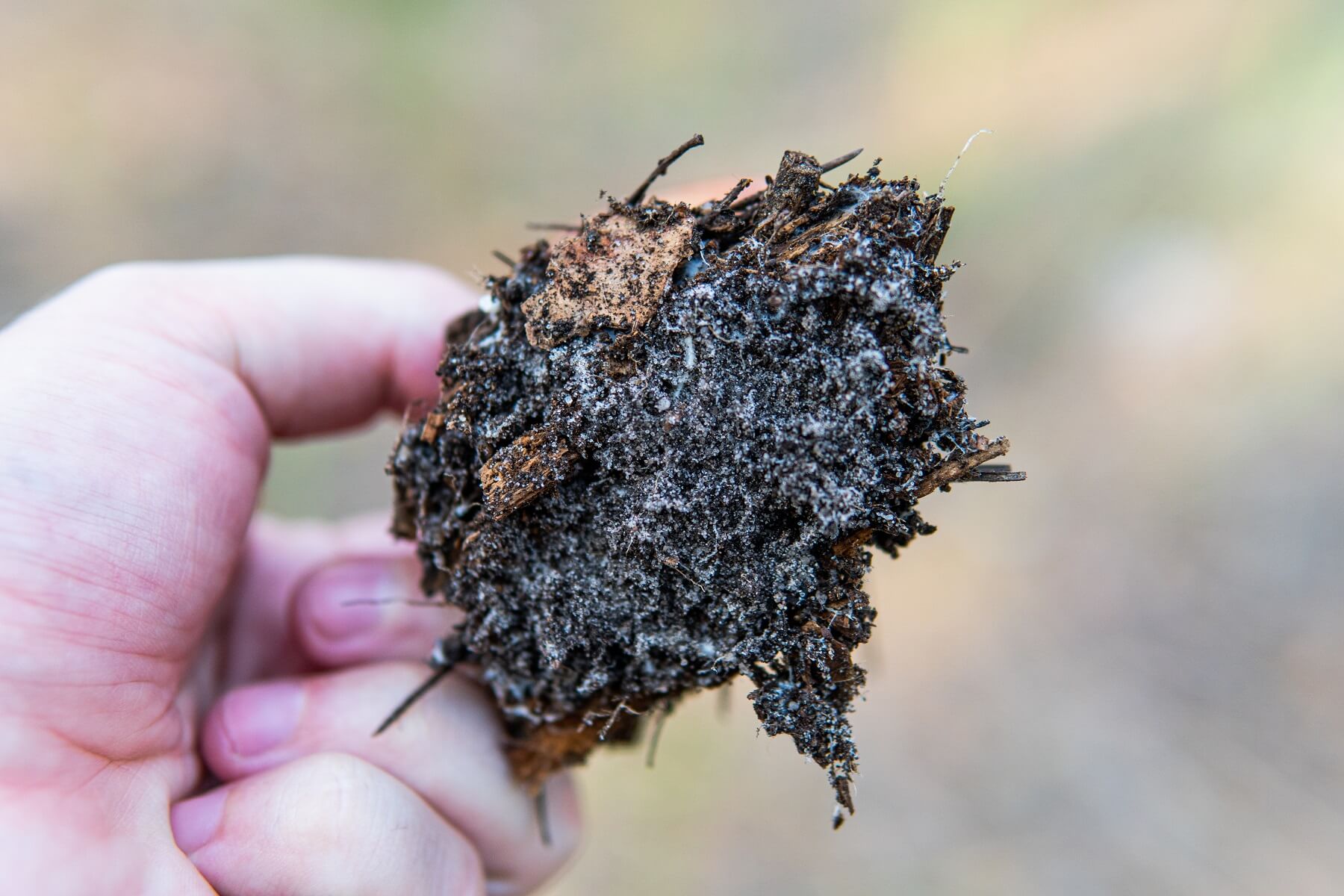Straining your eyes? You can listen to this automated AI version of the article here:
Mycorrhizal Fungi: How to Get Best Results for Your Plants
Mycorrhizal Fungi: What is It?
Mycorrhizal fungi are a type of fungi that forms a symbiotic relationship with plants. The mycorrhizal provide the plants with nutrients and water; in return, the plants provide the mycorrhizals with carbohydrates, proteins and sugars. This relationship benefits both parties involved and helps ensure the ecosystem's health as a whole.
One of the primary benefits of this symbiotic relationship is that mycorrhizal fungi can help plants better absorb nutrients from the soil. This is because mycorrhizal fungi make nutrients soluble that are otherwise unavailable and feed them to the plant host making it easier for the plants to take up nutrients. Additionally, mycorrhizal fungi can help plants tolerate drought conditions better, as they can extract water from the soil more efficiently.
Overall, mycorrhizal fungi play an essential role in helping plants grow and thrive, and their presence in an ecosystem can signify a healthy environment.
Mycorrhizal Fungi: What's in It?
Our Seacliff Organics mycorrhizal fungi contain the following strains of Endo mycorrhizal:
- Claroideoglomus lamellosuis a mycorrhizal fungi found primarily in tropical and subtropical regions. The Claroideoglomus genus is a member of the Glomeromycota, a group of fungi that includes some essential mycorrhizal species.
- Funneliformis mosseaeis widely distributed worldwide and is found in many climates. Funneliformis mosseae is characterized by its funnel-shaped spores and septum. Funneliformis mosseae is an easily cultivated species and multiplies well in trap culture.
- Scutellospora calosporais a species of fungus in the family Gigasporaceae. This soil-borne fungus is found in cultivated soils in many world regions.
Mycorrhizal Fungi: How to Use it
Mycorrhizal fungi have many benefits, and they can be used in various ways. Mycorrhizal fungi can be used to improve the health of your plants, and they can also be used to increase the yield of your crops. Mycorrhizal fungi can also be used to improve the quality of your soil.
Mycorrhizal Fungi: Before You Use It
If you are interested in using mycorrhizal fungi, there are a few things that you should know:
- First, you need to make sure that you purchase the right type of fungi.There are many different types of mycorrhizal fungi, and each one has its own set of benefits. Make sure that you select fungi that are well-suited for your needs.
- Next, you need to ensure that you have the proper environment for the fungi. Mycorrhizal fungi require specific conditions to thrive. Ensure you provide the fungi with the correct amount of light, water, and nutrients.
- Finally, you need to be patient when using mycorrhizal fungi. It can take several weeks or even months for the fungi to become established in your soil. Once the fungi are established, they will begin to provide you with all the benefits you are looking for. Mycorrhizal fungi are a great way to improve the health of your plants and the yield of your crops. Mycorrhizal fungi can be a great asset to your gardening efforts with patience and time.
Mycorrhizal fungi can be used in many different ways, including:
- sprinkling on to the roots during transplanting
- blending into potting soil prior to transplanting
- applying it as a root dip
- work it into seed beds
If you wish to apply it to the soil, you should ideally work it into the top 25-100mm of soil where the roots will contact it. The rate of application is 5-200grams per square metre. Alternatively, if you are using it for potting soils, use 2.5-5% by volume.
Mycorrhizal Fungi: Why Use it?
One of the primary benefits of mycorrhizal fungi is that they break down unavailable nutrients in the soil and help plants absorb them. Mycorrhizal fungi can also help plants tolerate drought conditions better, as they can extract water from the soil more efficiently then roots alone.
Overall, mycorrhizal fungi play an essential role in helping plants grow and thrive, and their presence in an ecosystem can signify a healthy environment.
Mycorrhizal Fungi: New Zealand Native
Mycorrhizal fungi are found worldwide, but Seacliff Organics is proud to offer a native New Zealand variety. Mycorrhizal fungi play an important role in the health of plants and can improve plant growth and yield.
Seacliff Organics' mycorrhizal fungi are perfect for our unique New Zealand conditions and can help increase your plants' productivity.
Mycorrhizal fungi are a great way to improve the health of your plants, and Seacliff Organics is your trusted source for high-quality mycorrhizal fungi that can make a huge difference to your plants.
Contact us today to learn more or browse our online store; your plants will thank you!
What is mycorrhizal fungi, and how does it benefit my plants?
Mycorrhizal fungi are beneficial fungi that form a symbiotic relationship with plant roots. They attach to plant roots, increasing water and nutrient absorption for improved plant growth, disease resistance, and tolerance to environmental stresses.
How long does it take to see the effects of mycorrhizal fungi on my plants?
The time it takes to see the effects of mycorrhizal fungi on plants can vary depending on factors such as the type of plant, soil conditions, and the number of mycorrhizal fungi present. While some plants may show visible signs of improvement within a few weeks, the effects may take longer in other cases.


